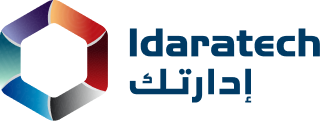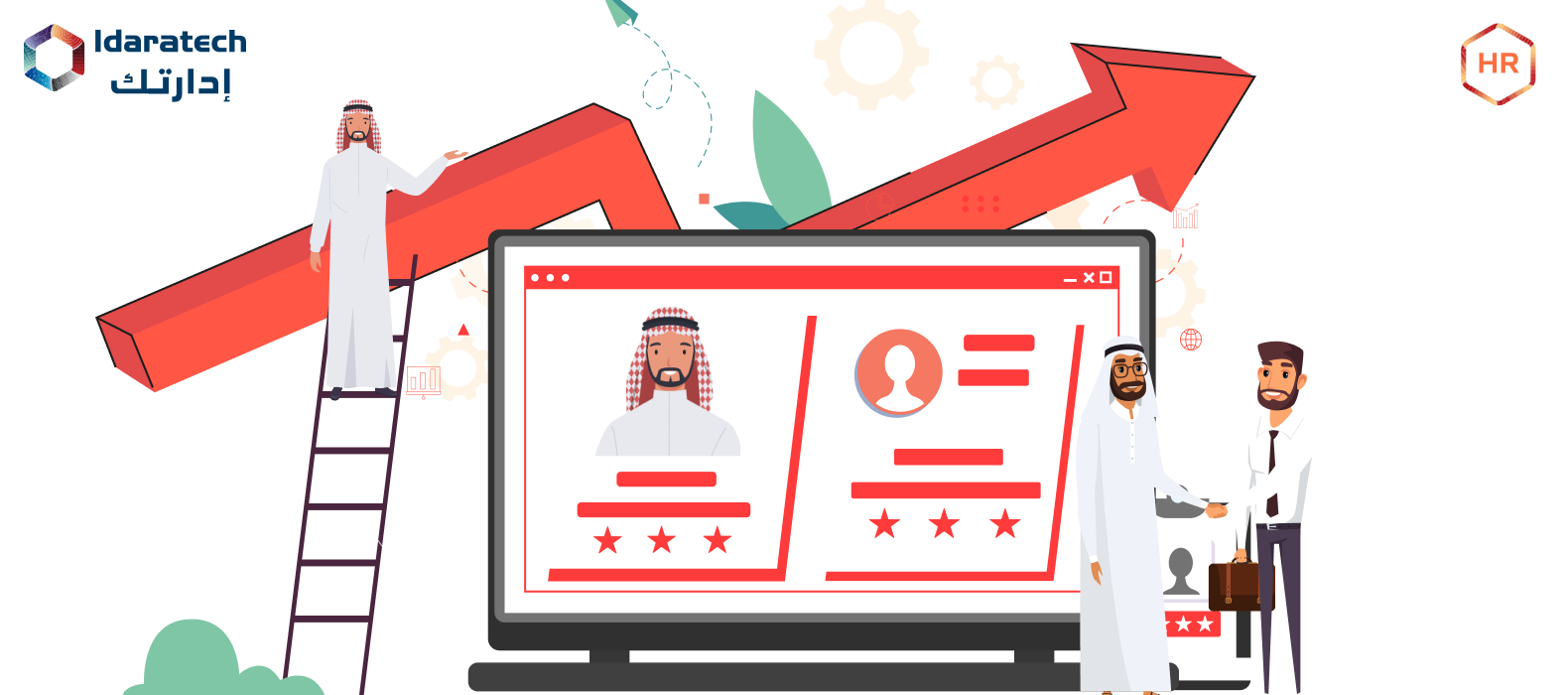In today’s fast-paced business environment, companies increasingly understand the critical role of employee engagement in driving productivity, retention, and overall success. Software for human resources (HR) has become a useful tool to increase employee engagement.
Organisations can benefit from various features and functionality, HR software makes it easier to extract data and create reports of employees. These features and functionalities help to improve communication, manage performance, support learning and development, encourage employee feedback, and expedite HR operations.
Employers can foster employee engagement, motivation, and loyalty by utilizing these characteristics of HR software to establish a favorable work environment. This article will examine HR software’s role in boosting employee engagement and fostering a productive workplace environment.
What Exactly is Employee Engagement?

The personal commitment and connection individuals have to their jobs, organizations, and teams are called employee engagement. It entails a fulfilling relationship between employees and their employer, in which workers are inspired, respected, and empowered to give their all to advance the company’s objectives. Passionate, highly satisfied, and eager to go above and beyond the call of duty are just a few characteristics of engaged workers.
They have a higher propensity to remain with the company, to produce more, and to offer first-rate customer service. Effective communication, leadership, recognition, and chances for growth and development are key to fostering employee engagement, which is essential for developing a productive workplace environment that supports organizational success.
How can HR Software Increase Employee Engagement?

By offering tools and features that simplify HR procedures, improve communications, and foster a positive work environment, human resources (HR) software can significantly contribute to raising employee engagement. The following are some ways that HR software can increase employee engagement:
1. Self-Service Portals:
Self-service portals, frequently included in HR software, let employees examine their pay stubs, request time off, access critical HR papers, and access and update their personal information. Due to this self-service functionality, employees are given more power, convenience, and control, which also lessens administrative obligations and fosters a sense of ownership over one’s work particulars.
2. Performance management:
HR software can offer tools for performance management, such as goal-setting, performance monitoring, and feedback processes. Due to the ability to have frequent and open discussions about performance, reward, and development possibilities, employees’ motivation, engagement, and productivity may be increased.
3. Employee Feedback and Surveys:
HR software can make getting employee input through questionnaires, polls, and surveys easier. This enables companies to evaluate employee happiness, pinpoint areas for development, and take appropriate action in response to input. Fostering a culture of inclusiveness, trust, and engagement involves including employees in decision-making procedures and listening to their concerns.
4. Training and Development:
HR software can help with staff development by providing learning management systems (LMS), which give users access to training materials, credentials, and resources for skill improvement. Continuously improving one’s capacities enables employees to broaden their knowledge and skills, feel encouraged in their professional development, and stay interested.
5. Recognization and Rewards:
HR management software may come with tools for initiatives that reward and recognize employees. This increases employee morale, motivation, and engagement because it enables managers and peers to recognize and value the contributions made by workers. These programs may have components like badges, points, and other rewards to honor and celebrate the accomplishments and efforts of employees.
6. Communicating with employees:
HR software features like newsletters, announcements, and messaging tools can help improve communication within the company. As a result, workers are kept up to date on the company’s objectives, values, and activities.
HR software may be a powerful tool for increasing employee engagement by providing self-service portals, performance management capabilities, employee feedback mechanisms, training and development possibilities, recognition and incentives programs, and effective employee communication channels. Employers may foster an environment that fosters employee satisfaction, productivity, and loyalty by utilizing HR software to design a fun and stimulating workplace.
Relationship Between HR Software and Employee Engagement

HR software and employee engagement have a symbiotic relationship, with HR software playing a critical role in developing and strengthening employee engagement. The relationship between HR software and employee engagement has the following important components:
1. Convenience and Empowerment:
Self-service portals integrated into HR software enable staff to access and manage their HR-related data and tasks, including changing personal information, requesting time off, and checking pay stubs. Employees’ sense of ownership and control over their work-related matters increases due to this convenience and autonomy, which can lead to better levels of engagement.
2. Feedback and Performance Management:
HR software with performance management elements, such as goal-setting, performance monitoring, and feedback mechanisms, enables frequent performance discussions between staff members and supervisors. As a result, it is possible to provide helpful criticism, acknowledge accomplishments, and identify areas for improvement. These factors are crucial for boosting employee engagement since they encourage workers to further their careers.
3. Learning and Development:
Employees have access to training materials, certificates, and tools for skill development thanks to HR software that integrates with learning management systems (LMS). By feeling supported in their career advancement, individuals are more able to learn new information and skills, which can boost job satisfaction and engagement.
4. Recognizing and Appreciating Employee Contributions:
Employers can recognize and value employees’ contributions using HR software with tools for employee recognition and incentive programs. As a result, a positive work environment encourages motivation, job satisfaction, and engagement among the workforce by making everyone feel appreciated and recognized.
5. Collaboration and Communication Capabilities:
HR software that includes collaboration and communication capabilities makes it easier for employees to communicate effectively within the company, fostering inclusion, transparency, and engagement. It is more likely that workers will be engaged and dedicated to their jobs if they are informed about and feel a connection to the organization’s objectives and ambitions.
6. Employee Feedback and Surveys:
Employers can gather employee feedback and perform surveys with the help of HR software, which gives employers a better understanding of their workforce’s views, needs, and wants. A higher level of employee engagement results from taking action in response to this feedback, which shows that employee perspectives are respected and can help to enhance the workplace.
HR software is essential for increasing employee engagement because it offers convenience and empowerment, performance management and feedback mechanisms, learning and development possibilities, employee recognition and rewards programs, efficient communication and collaboration tools, and channels for employee feedback. When used wisely, HR software can help to establish a productive work environment that encourages commitment, loyalty, and engagement among staff members.
Conclusion
To summarise, HR software can help companies increase employee engagement by providing tools and functions that empower employees, streamline HR operations, improve communication, allow performance management, promote learning and development, foster recognition and incentives, and enable employee feedback.
By utilizing these qualities, HR software can foster a productive workplace that encourages worker engagement, job satisfaction, and general well-being. Employees who are more engaged at work are more likely to be successful, dedicated, and loyal to their employers, which improves organizational success and performance.
Higher retention rates, better productivity, and a positive work environment are just a few advantages organizations can reap from investing in HR software that puts employee engagement first. HR software may be an effective tool for boosting employee engagement and developing a positive work environment if implemented properly.
FAQ’s
Question 1: How might HR software improve employee engagement?
There are several ways that HR software may improve worker engagement. With this technology, employees can access self-service portals to manage their HR-related information and duties, like changing personal information or submitting time-off requests. HR software can also help with employee feedback and surveys, learning and development opportunities, employee recognition and incentives programs, effective communication and teamwork, and performance management and feedback.
Question 2: What advantages does adopting HR software offer in terms of boosting employee engagement?
There are many advantages to employing HR software to boost employee engagement. More engaged employees tend to be more successful, devoted, and loyal, which improves organizational performance and success. HR software may also assist businesses in attracting and keeping top talent, lowering employee turnover rates, improving employee satisfaction and wellbeing, fostering a healthy workplace culture, and facilitating efficient internal communication and collaboration.
Question 3: How can businesses choose the right HR software to boost employee engagement?
Businesses should consider their unique demands and requirements when choosing HR software to boost employee engagement. To ensure that the chosen HR software aligns with the organization’s goals and can successfully support employee engagement initiatives, organizations should also involve important stakeholders, such as HR experts, IT teams, and employees, in the decision-making process.
Question 4: How can businesses evaluate the efficacy of HR software in improving employee engagement?
Employers can assess the impact of HR software on boosting employee engagement using a variety of indicators, including employee satisfaction surveys, retention rates, productivity levels, performance evaluations, and employee and manager feedback. Organizations may determine how well their HR software promotes employee engagement by routinely monitoring and analyzing these data and making the appropriate corrections.
Question 5: Can HR software be modified to match the particular requirements of an organization?
Customization possibilities are available for many HR software solutions to match the particular requirements of organizations. The program’s features, functionality, workflows, and branding could be customized to fit the organization’s culture, procedures, and policies. The ability to customize helps businesses develop an integrated HR system that best satisfies their unique needs and improves employee engagement by aligning with their values and objectives.
Question 6: What role does employee engagement play in an organization’s overall success?
The success of an organization as a whole depends on employee engagement. Employees actively involved with their workplaces are likelier to be committed, productive, and loyal to their employers. On the other hand, employee disengagement can negatively affect an organization’s performance and success by leading to decreased productivity, higher turnover rates, lower customer satisfaction, and increased absenteeism.

